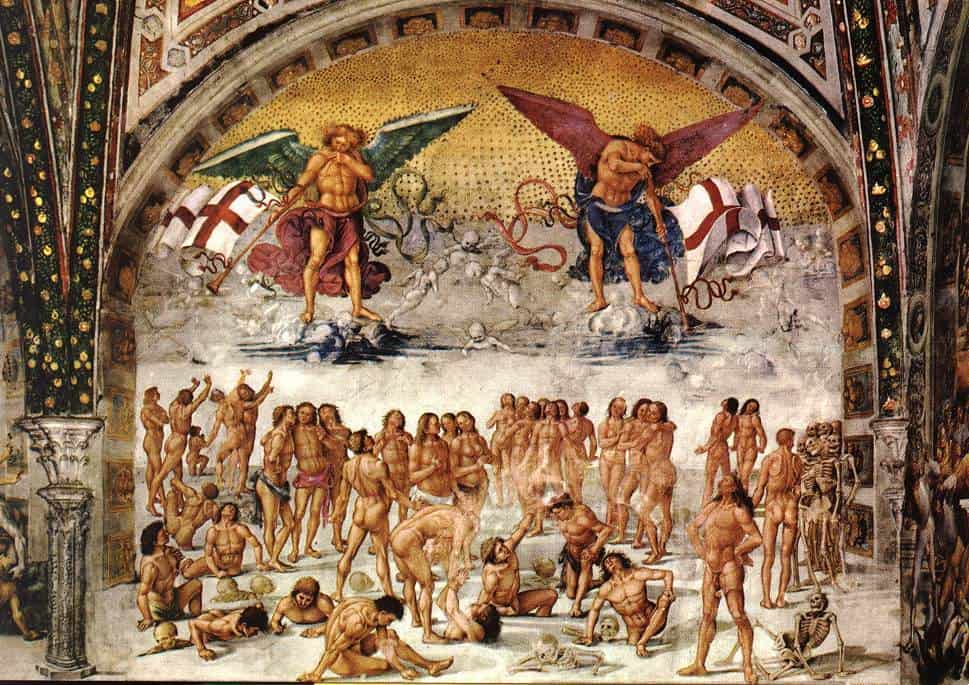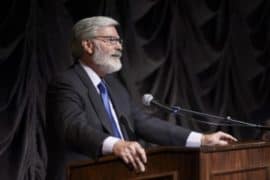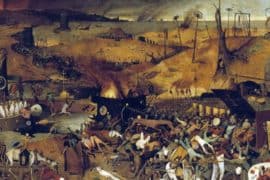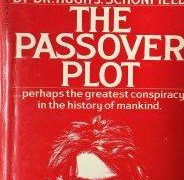And no man having drunk old wine desireth new; for he saith,
The old is good
–Jesus somewhere in Galilee around 28 CE
I had a wonderful teacher at Chicago, the Late Great Robert M. Grant, who always said the best New Testament and Early Christian Literature scholarship was done from 1850 to 1950 and we moderns hardly know it. You can read my essay dedicated to Mr. Grant (we never used Dr. at Chicago!) in his festschrift, here. He was classically trained at Harvard under A.D. Nock, who read all the Teubner Classics in Greek and Latin by age 12. When asked if he had a Ph.D., Nock replied, with no arrogance whatsoever, “But who would examine me?”
Grant maintained that these classic academics, despite their 19th century theological biases, before computers and the internet and even word processing, were brilliant and learned. Think about the 1911 Jewish Encyclopedia, which I have in leather binding. What an amazing post-Millennial trove of scholarship. These scholars, of course, lacked our new discoveries, such as the Dead Sea Scrolls, the Nag Hammadi codices, and many other manuscripts that have come to light. They also grew up in Colonialist, white male, racist societies that cut deeply into their perceptions and objectivity on some larger issues with which we have in our own day made great progress. However, they had mastered the primary sources like few students today, but in the the original languages. And their articles included all the relevant sources discussed in a straightforward and logical way, based on standard historical critical analysis.
This article titled, “The Origin of the Lord’s Day,” by Sherby Verson McCasland is a case in point. The author is otherwise unknown to me. It was published in 1930 in the Journal of Biblical Literature. I wrote my M.A. thesis on the “Sabbath in the Early Church” (Pepperdine University, 1971 directed by Frank Pack and the incomparable historian from UC Berkeley, William B. Green). Although I traced things into the 4th century CE, what McCasland presents in this wonderfully researched article (notice ALL citations are original primary sources!), really captures about 80% of the data in my thesis-nearly 40 years later. I had somehow missed McCasland, though my bibliography runs many dozens of pages. I came to a different conclusion, but I nonetheless had to work through all this material–well trodden by those brilliant ones who had gone before me. McCasland’s article is a model of the sort of scholarship that Grant encouraged. Just the facts, please, Ma’am, just the facts! And “just the facts” meant ALL the extant primary sources in their original languages! I am not suggesting some kind of pre-modern “objective” scholarship replace our own work, as if “facts” need no interpretation and speak for themselves. But what I do advocate is that we assemble carefully all our primary sources and, as Dylan says, “But, I’ll know my song well, before I start singing.”
One obvious thing I learned from McCasland that I had never noticed. Take a close look at Mastthew’s account of the death of Jesus, where Matthew alone (among our four N.T. gospels) recounts that many others were raised from their sleep and exited their tombs that day!
“And Jesus cried again with a loud voice, and yielded up his spirit. 51 And behold, the veil of the temple was rent in two from the top to the bottom; and the earth did quake; and the rocks were rent; (52)and the tombs were opened; and many bodies of the saints that had fallen asleep were raised; (53) and coming forth out of the tombs after his resurrection they entered into the holy city and appeared unto many. (54) Now the centurion, and they that were with him watching Jesus, when they saw the earthquake, and the things that were done, feared exceedingly, saying, Truly this was the Son of God.” (Matthew 27:49b-54)
He points out that the phrase I have put in bold underlined italics seems to preserve an alternative tradition regarding Jesus’s resurrection, namely that Matthew has unwittingly preserved, perhaps from some source, the idea that Jesus was both raised and ascended to heaven on the Passover Day itself! After all, it is Jesus who must be the “firstborn of all the dead.” This connects to the early Christian myth that Hades was emptied of its righteous dead as Jesus died and was raised–thus opening the Gates of Hades and conquering death. This is a kind of proleptic foretaste of the “first” resurrection to come, as described by Paul in 1 Thessalonians 4 and 1 Corinthians 15–at the Parousia (“Arrival”) of Jesus in the clouds of heaven.
Thus we have Ephesians 4:8-9:
“Wherefore he saith, When he ascended on high, he led captivity captive, And gave gifts unto men. (Now this, He ascended, what is it but that he also descended into the lower parts of the earth? He that descended is the same also that ascended far above all the heavens, that he might fill all things.” Ephesians 4:8-9 (compare 1 Peter 1 Peter 3:18-22)
See McCasland’s treatment for details. I had really never focused on the idea that these “dead ones” appear only after Jesus’s resurrection, which according to Matthew, is either on Saturday night between sundown, or early Sunday morning.

I attach a PDF of McCasland’s insightful article here for your own reading pleasure, both as a tribute to this kind of textual scholarship and insights on the topic itself–the origins of Sunday as the Lord’s Day.









Comments are closed.